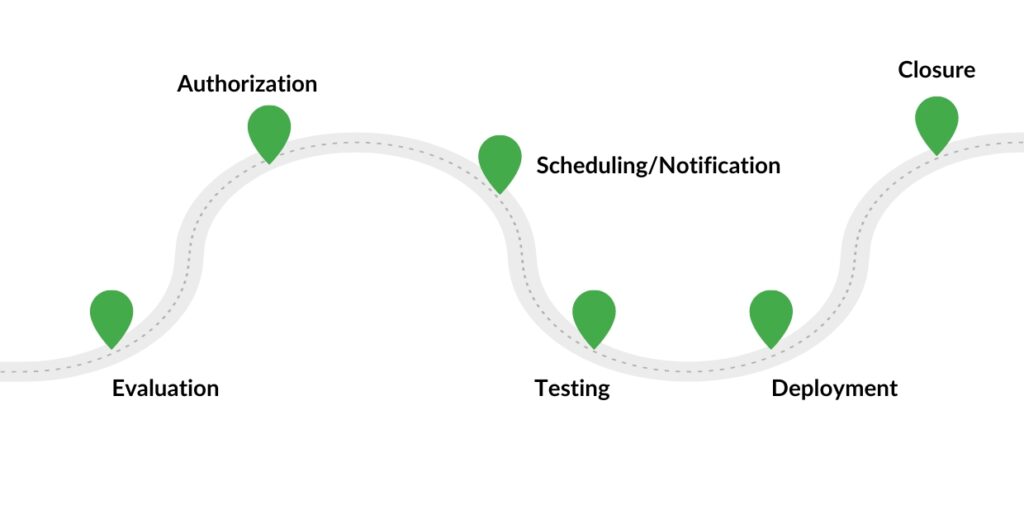Reboot Your Network with Ryan Recapped: Change Control System

This is the first entry in our series on optimizing your network infrastructure. In this month’s webinar, Plow Networks’ Director of Service Delivery, Ryan Harris, provides tips and strategies to help you establish an effective change control system.
What is Change Control?
Change control is the process that management uses to identify, document, and authorize changes to an IT environment. It minimizes the likelihood of disruptions, unauthorized alterations, and errors. The three main types of changes that your company may implement are standard, emergency, and architectural.
Why Implement Change Control?
Your company will receive many benefits from implementing a change control system. These systems help ensure change accuracy by preventing information from being input incorrectly. Additionally, a change control system can reduce unnecessary downtime.
Another benefit of a change control system is to help your company avoid consequent issues with sources that are more difficult to identify. Change control systems require proper documentation, which is important because organizations typically make upwards of 20 network changes per year. This makes changes easier to monitor.
A change control system tells you how changes will affect your organization’s security posture, whether positively or negatively. Lastly, these systems provide transparency, keeping stakeholders informed about upcoming changes.
Building an Effective Change Control Strategy

Change Request: First, your organization should specify the request being made and the systems it will impact.
Evaluation: Next, assign an appropriate subject matter expert or peer to review the requested assignment change.
Authorization and Approval: Once your change has been evaluated, receive approval to proceed with the change request.
Notification and Scheduling: Notify any stakeholders or users who will be impacted by the change to ensure they understand how systems will be affected both during and after the change is completed.
Testing: If possible, test any proposed changes in a non-production environment or with a group of test users.
Deployment: After your change has undergone the previous steps, it is ready to be pushed out or configured to production systems.
Closure: Send final communication to critical stakeholders of the change’s completion or rollback and close any ticket documentation.
5 Success Tips for Building an Effective Change Control Strategy
- Hold stakeholders accountable
- Consistency is key—don’t take shortcuts
- Be detailed and thorough
- Over-communicate
- Verify your work
Learn how Plow Networks can support your company with comprehensive network services.
Explore more on:





